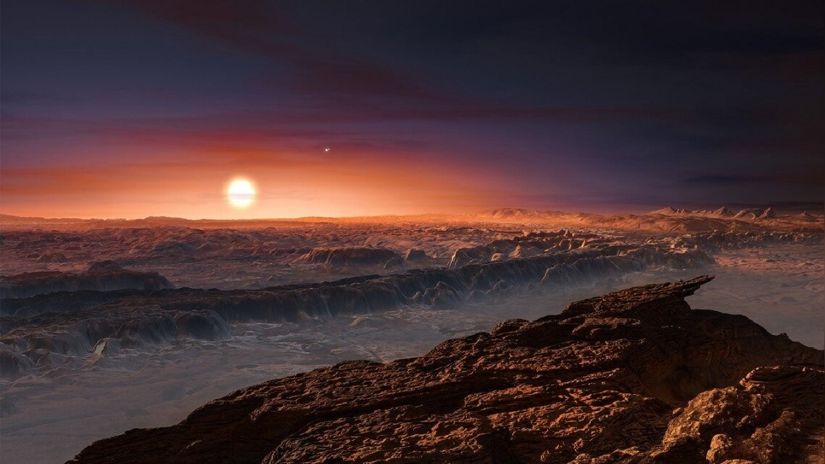
Scientists have discovered the use of the world’s most powerful radio antenna stars emitting unexpectedly radio waves, which may indicate the presence of planets hidden, as published in the magazine “natural astronomy“.
Dr. Benjamin Pope from the University of Queensland in Australia and colleagues from the Dutch National Observatory ASTRON are looking for planets Using the world’s most powerful radio telescope, the Low Frequency Array (LOFAR), located in the Netherlands.
“We detected signals from 19 stars Distant red dwarfs, and four of them are best explained by the presence of planets orbiting them,” emphasizes Bob. “We have known for a long time that planets in our solar system emit strong radio waves as their magnetic fields interact with the solar wind, but radio signals from planets outside our solar system have not It is taken after.”
“This discovery is an important step for radio astronomy and could lead to the discovery of planets across the galaxy.”
Previously, only astronomers could discover stars Closest in continuous radio transmission, everything else in the photoelectric sky was interstellar gas, or as exotic as black holes. Now, radio astronomers are able to see stars Simple when they make their notes, and using this information, we can search for any of them planet surrounded by stars.
How was this discovery made?
The team focused on stars Red dwarfs, which are much smaller than the Sun, are known to have intense magnetic activity that drives stellar flares and radio emissions. However, some stars Old and inactive from a magnetic point of view, challenging traditional knowledge.
Dr Joseph Callingham, of Leiden and Astron University, lead author of the discovery, confirms that the team is certain that these signals come from the magnetic connection of the stars and the planets In an unseen orbit, similar to the interaction between Jupiter and its moon, Io.
“Our Earth has the aurora borealis, known here as the northern and southern aurora, which also emit powerful radio waves: this is due to the interaction of the magnetic field of the aurora borealis. planet And he adds, “With the solar wind. But in the case of Jupiter’s aurora borealis, they are much stronger, as its volcanic moon Io ejects material into space, filling Jupiter’s environment with particles that push unusually strong auroras.”
Callingham explains that his model for this radio broadcast of stars It is a miniature version of Jupiter and Io, with extension planet Submerged in the star’s magnetic field, feeding material into the colossal currents that similarly drive the bright aurora. “It’s a sight that caught our attention light years away,” he admits.
The research team now wants to confirm that the . file planets Suggested exists. “We can’t be one hundred percent sure that the four stars What do we think they have planets They are actually hosts of the planets, but we can say that the interaction planet star It’s the best explanation for what we’re seeing,” confirms Bob.
Follow-up notes excluded planets Bigger than Earth, but there’s nothing to say planet The younger one wouldn’t do that.”
The discoveries with LOFAR are only the beginning, but the telescope has only the ability to observe stars Relatively close, up to 165 light-years away.
With the construction of the Square Kilometer Array Radio Telescope in Australia and South Africa, expected to be operational in 2029, the team expects they will be able to see hundreds of stars Relevant at much larger distances.
With information from Europa Press
We recommend METADATA, the RPP technology podcast. News, analysis, reviews, recommendations and everything you need to know about the tech world. To hear it better, #StayEnCasa.

“Wannabe internet buff. Future teen idol. Hardcore zombie guru. Gamer. Avid creator. Entrepreneur. Bacon ninja.”




